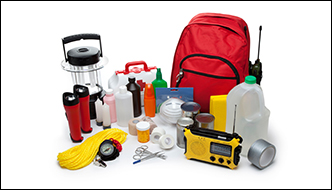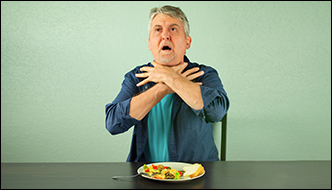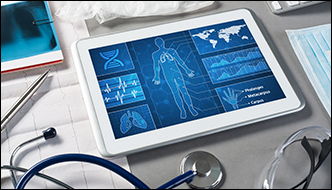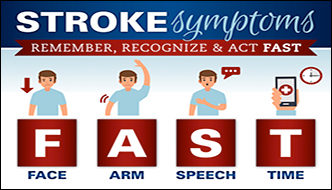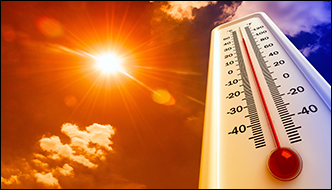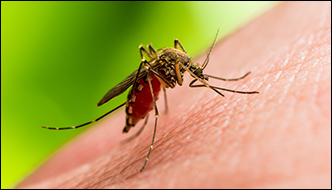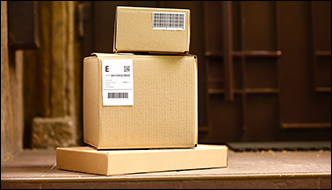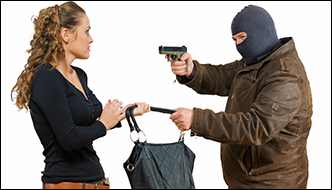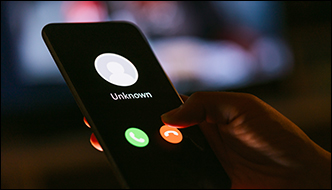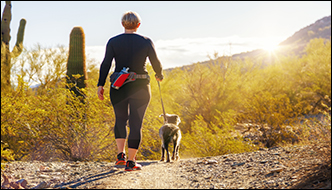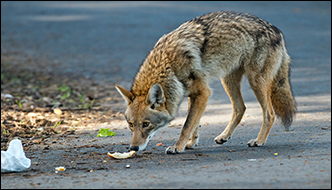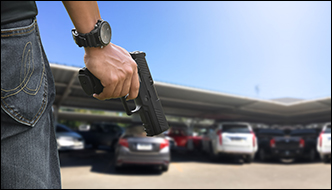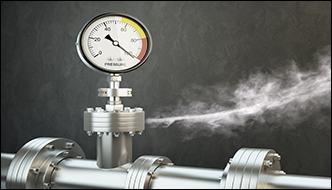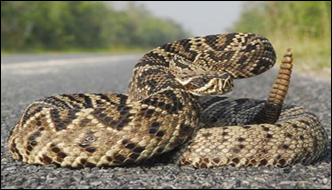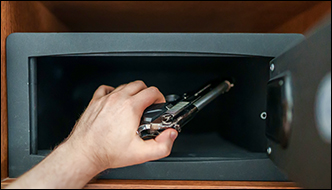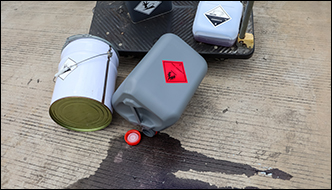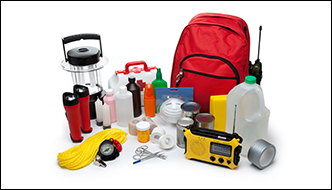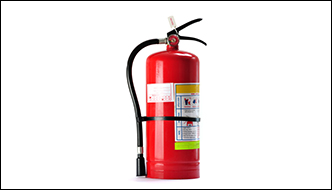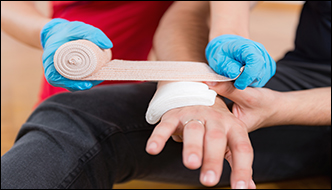
Wearing appropriate clothing in hot sunny weather is essential to protect your skin from the sun’s harmful rays and help regulate your body temperature. Here are some tips on what to wear to stay comfortable and safe in hot sunny conditions:
- Lightweight Fabrics: Choose clothing from lightweight, breathable fabrics like cotton, linen, or moisture-wicking materials. These fabrics allow air circulation and help keep you cool by allowing sweat to evaporate.
- Loose-Fitting Clothes: Opt for loose-fitting garments that don’t cling to your skin. Loose clothing allows air to flow freely around your body, promoting better ventilation and reducing the risk of overheating.
- Light Colors: Light-colored clothing reflects sunlight and heat better than dark colors, which can absorb heat. White and pastel shades are excellent choices for hot sunny days.
- Long-Sleeved Shirts and Pants: While it may seem counterintuitive, long-sleeved shirts and pants made of lightweight, breathable fabrics can actually protect your skin from direct sunlight and help prevent sunburn. Look for garments with a UPF (Ultraviolet Protection Factor) rating for added sun protection.
- Wide-Brimmed Hat: Wear a wide-brimmed hat to shield your face, neck, and ears from the sun. A hat at least 3 inches brim provides optimal sun protection.
- Sunglasses: Wear sunglasses with UV protection to shield your eyes from harmful UV rays. Look for sunglasses that block 100% of both UVA and UVB rays.
- Sunscreen: Regardless of your clothing choice, always apply sunscreen with a high SPF to any exposed skin. Reapply sunscreen frequently every two hours or more if you are sweating or swimming.
- Avoid Dark and Heavy Clothing: Dark colors absorb more heat, and heavy fabrics can trap sweat and make you feel hotter. Try to avoid wearing black or other dark colors in the sun.
- Cover Your Feet: Wear breathable and lightweight footwear, such as sandals or shoes made from mesh materials, to keep your feet cool. Avoid wearing heavy, closed-toe shoes for extended periods in hot weather.
- Stay Hydrated: Regardless of what you wear, don’t forget to drink plenty of water to stay hydrated in the heat.
By dressing appropriately for hot sunny weather, you can enjoy outdoor activities more comfortably while protecting yourself from sunburn and heat-related issues.

